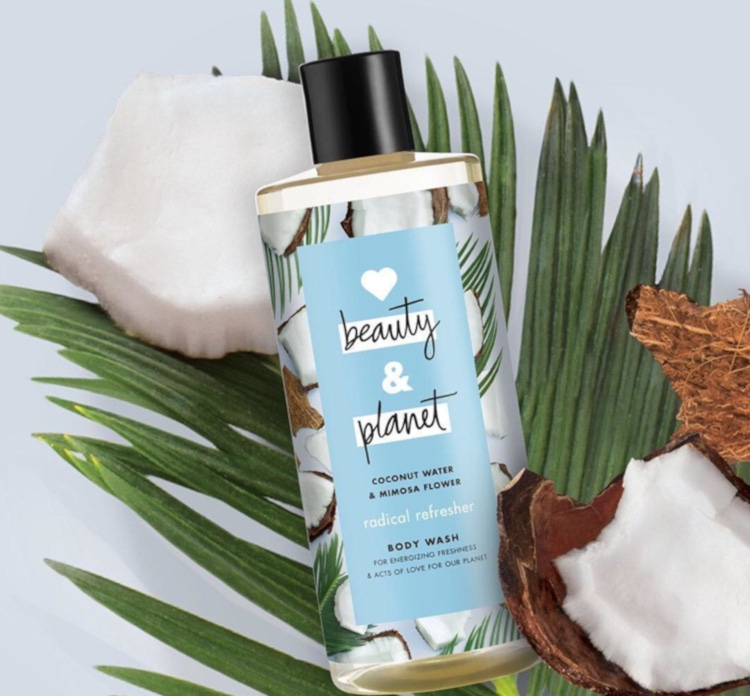Why being an advocate for recycled content is a sustainability win
November 2, 2018

Efforts such as lightweighting, moving to plant-based plastics and using renewable energy sources have helped companies get closer to their carbon footprint goals, but betting on recycled content has the potential to be just as powerful.
Even if we ensure that consumers know to put a package in the recycling cart, that a Materials Recovery Facility (MRF) can sort the package into the correct bale, and that reprocessors can turn those materials into new pellets, flakes or sheets, if at the end of the day no one is willing to buy the reclaimed material, then the recycling system cannot continue to make a profit or exist. Strong end markets are needed to live up to the promise of a recycling system that allows us to reuse materials and consume fewer natural resources.
In addition to ensuring the recycling system works well, using recycled content can help companies close the loop, by putting recycled materials back into packaging, starting the cycle once again, while at the same time lowering carbon footprints.
According to the EPA’s Inventory of U.S. Greenhouse Gas Emissions and Sinks, landfills are the third largest source of methane emissions in the U.S. and paper is the third most prevalent material in municipal solid waste. Recycling glass, metals, and plastics uses less energy and emits fewer greenhouse gases than the extraction of crude oil, natural gas and other fossil fuels needed to make virgin feedstocks. Recycling paper reduces greenhouse gas emissions that would otherwise be produced by paper decomposing in landfills.
Recycled content is also a way to appeal to environmentally aware consumers. Various studies have found that consumers are choosing brands they view as sustainable and, in some cases, are willing to pay more for it.
Brands that specifically target consumers interested in sustainable brands are growing, like Unilever’s Love Beauty & Planet. The company uses bottles made with 100% recycled plastic and proudly says so on the label (see image above). The website goes so far as to explain that the use of recycled content means the bottles may not always be 100% clear. Creating demand for recycled content in your supply chain helps transform the dialogue from recycling as an end in itself, to seeing recycling as a source of feedstock for new resources to be reused and given new life.
Recycled content doesn’t have to go back into packaging to strengthen the recycling system. Companies can also use recycled content in durable products, like pallets, trash bags, recycling carts and crates. The Association of Plastic Recyclers’ Demand Champions program encourages sustainably-minded consumers to purchase these types of durable goods containing recycled content. These Demand Champions are increasing domestic demand for recycled goods.
So putting more recycled content in packaging and durable goods helps the recycling system stay viable and reduces environmental impacts. But how do we do it?
Increasing the recycled content in packaging will not happen overnight, of course. It will require seeking buy-in from colleagues and decision-makers in your company, research into options, and consideration of trade-offs and how to manage them.
But one thing everyone in the packaging supply chain can do today to start the process is to be an ambassador for recycled content. Learn about the benefits of recycled content—and share that information both with others in your organization and with your customers. Experiment with using recycled content, and learn what works and what doesn’t for your organization.
If you’re a brand that uses recycled content, let your customers know that their purchase helps preserve natural resources while reducing greenhouse gas emissions. Consumers cannot help us make strides on sustainability challenges if they don’t know how your products impact the environment and reach their own sustainability goals.
For example, recycled paperboard users have the option of seeking certification and labeling from the Recycled Paperboard Alliance for the use of 100% recycled content. Packaging labels, like the embossed 100% Recycled on Seventh Generation products, can be just as effective.
If you’re a supplier of recycled content products, research your customers’ sustainability goals and talk to them about how recycled content helps them meet those goals.
If you are just starting to explore the use of recycled content, there are resources available to help you. Talk to brands and suppliers that work with recycled content every day. Ask them what worked for them, and what didn’t and why.
One option for networking with users of recycled content is joining the End Market Industry Leadership Committee, which is facilitated by the Sustainable Packaging Coalition and The Recycling Partnership. This group of companies from across the packaging supply chain work together to understand the barriers to increasing recycled content in durable goods and packaging, and to identify ways to increase demand for recycled content.
For tips on incorporating more recycled content in packaging, the Sustainable Packaging Coalition will be releasing a Design Guide for Recycled Content in the coming months. The guide includes lessons learned from companies that make use of recycled content and tips for getting started on the journey to using more recycled content.
We can’t rely on creating recyclable packaging alone to keep the recycling system healthy. Using recycled content in new materials is what drives the continued existence of the recycling system, and we can all help, just by supporting the use of recycled content.

Trina Matta joined the Sustainable Packaging Coalition in November 2016 as senior manager. She focuses her time on ASTRX, a joint project between the Sustainable Packaging Coalition and The Recycling Partnership to strengthen the American recycling system. Matta’s experience includes bringing diverse groups of stakeholders together to tackle environmental challenges related to recycling, natural gas development and stormwater management. Before joining the Sustainable Packaging Coalition, she worked as a policy advisor in the Office of the Secretary of the North Carolina Department of Environmental Quality and as a consultant for Resource Recycling Systems.
********************************************************************************
PackEx Montréal 2018 offers everything from design to manufacturing—concept to market—with valuable free presentations available throughout the event at Center Stage. See more suppliers, products, and networking opportunities to help you take your projects, company, and career to all-new heights. REGISTER NOW!
About the Author(s)
You May Also Like


